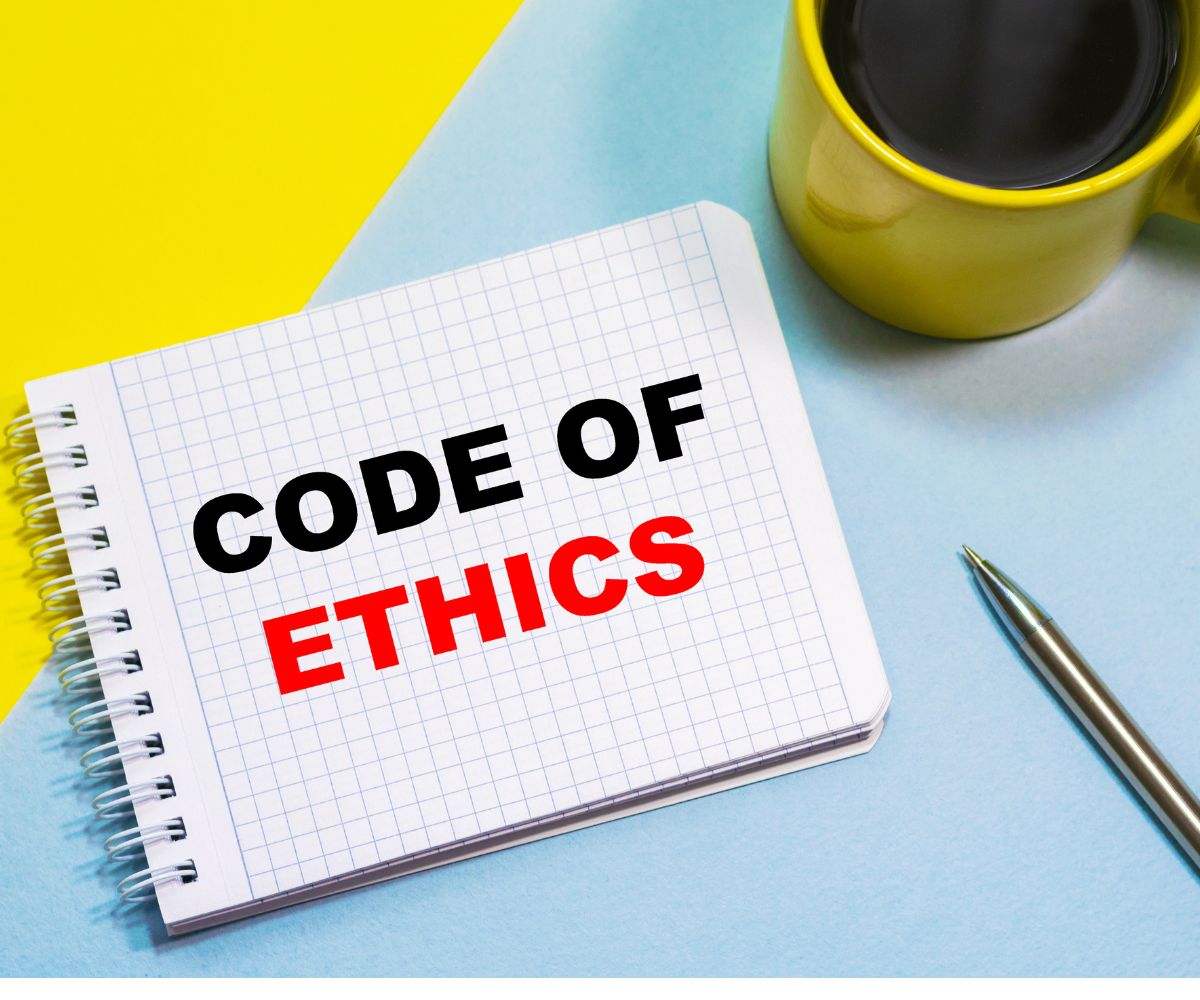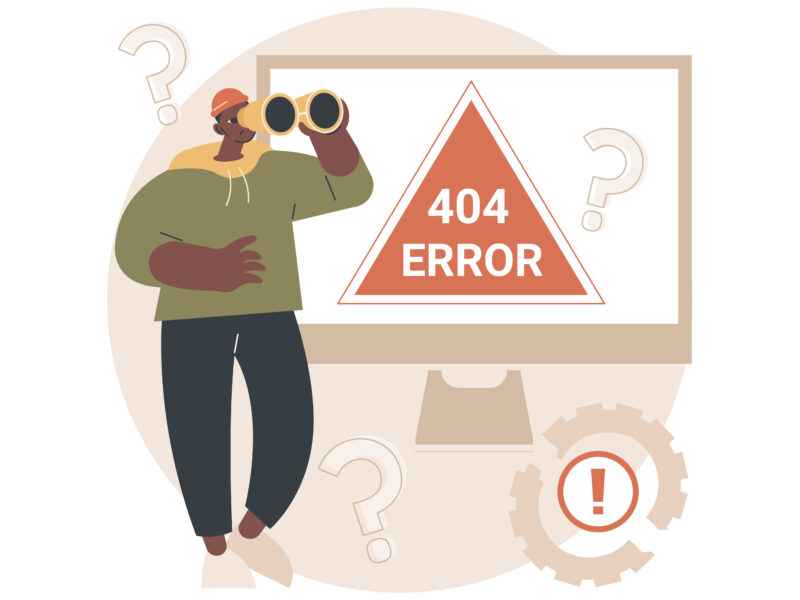Content Writing Ethics: A Comprehensive Guide for 2023
Everyone possesses a wish to publish great content that boosts leads, generates traffic, gets them links, and gets highly shared on social media platforms. Because why not? Content marketing and writing produce more than three times as many leads as outbound marketing, as per the reports of Demand Metric.
The problem is most people are not content writers and editors, and that doesn’t necessarily prevent them from creating and posting content. Sometimes the results are outstanding, and sometimes it’s like a less crowded place. That’s why a code of ethics and guidelines are required to give a consistent result. It shows you how you can generate high-quality content which:
- Your target audience is constantly searching for.
- Search engines can easily select.
- People can easily consume.
Code of ethics:
- It is your right to choose your opinion. Freedom of speech, information, publication, and expressions of thoughts matter. As a content writer and generator, you have full rights to use them.
- Use your own power to protect yourself from injustices and biased practices.
- Never side yourself away from telling truths.
- You must present your opinion as your own opinion only. That must not be fabricated, double-shared, or taken from someone.
- Stay independent while you create your own content, and your writings should reflect you rather than anyone else.
- Always reveal your sources to ensure the transparency of your content unless it is doing some harm to the source.
- Practice giving credits where credit is due. If you are presenting a quote, mention the author, or give a link to the original articles, use photos and illustrations to give proper credit to the owner, etc.
- When you are quoting or paraphrasing, you must not change the intended meaning of a given statement.
Content Writing: Best Practices and Guidelines
Develop buyer persona:
A buyer persona is important because it is a profile of your ideal customer. According to the reports of Broadview, businesses that cross their lead and revenue goals are four times as serious as using their buyer personas in regard to their demand generation strategies than those that miss their goals.
Just give time to whom you want to read to view your content, having your own target audience and creating content with them in mind. The best way to develop buyer personas is to analyze your current clients and identify their common nature.
Use proper spelling, grammar, and punctuation:
Clean, well-written copies are an example of a brand ambassador. It clearly reflects that you are into doing good work, you care about your quality, and you are reliable. Reversely, loosely-written contents portray you as a careless fellow and leave your users thinking that they can’t have trust in your brand. Remember that your content makes the foundation for clear communication. The better your grammar, the better you communicate. And if you are not mastering the skills and command of your grammar and punctuation, you must hire an editor to check and review your content before you post it.
Insert analytics and attributions:
Insert verifiable stats and attributions from trustworthy resources to support the points you are trying to present. Aim to cite your primary sources, which basically represent the originators of research, data, quotes and original thought. Wikipedia is very common as a source, don’t go for that. Also, don’t implicate:
- How-to databases (ask.com, ehow)
- User-generated and unverified wikis
- Directories and your message boards (Reddit, Quota, Question Hub, etc)
However, they can be a great source of getting ideas for your content creation.
Create long posts:
Long-form content generation helps in better search, gives a detailed guide to your audience, and clears many things while doubling shares on social media.
According to HubSpot Found, 2500 words of content gets the most liked results.
P.S. – Long-form content is good. But don’t get it too long that readers also lose interest. Short-long pieces ranging from 500 to 1000 words are ideal. The longest you can stretch is up to a 2000-word piece.
Find your keywords:
Keywords are those words and phrases that your audience is constantly looking for. It’s vital to include them in your article’s tagline and title for better traffic and search engine ranking.
- Never force your keywords. Integrate them into the headline and body of your posts where needed.
- Naturally, work in synonyms to your main keywords.
- Ask yourself: did you actually use your keywords and synonyms only where relevant throughout your article?
Include images:
Include relevant images to your article, which makes it better, supports your content, and, gets clicked on more, read and share more.
There are many image optimization tools available on the internet- Optimizilla is a wonderful free tool used by many. Image optimization and sizing are important factors if we are using more images.
Write an engaging headline:
What makes a headline appealing?
- Searchable content means it has the relevant keywords that the audience is searching for.
- Clickable content which promises to be compelling, interesting, and very much intriguing for the audience to not control the resistance to go for it.
Don’t sound too sales or promotional:
Adding a branded tone to your content is okay, but if you try to do too much ‘sales’ oriented or promotion, the content will look dull, and your audience will feel forced to your page. Avoid doing it. The purpose should always be sticking to providing value to them, not selling them.
CTAs are important:
‘Call-to-actions’ are important if you pick up a problem and then provide a solution. Being solution-oriented will guide you to become more reliable to your audience and give you enough chances to prove all of the information you have shared in your blog.
Link your external sources appropriately:
Link your external sources appropriately because they might be taken from reputable, relevant sources, which might increase your traffic.
- Make sure the external links are opened in a new tab or a window, so you must not send your users away from your site.
- The body of your post should contain internal links ( on-page links or in-cite links) to relevant pages on your website.
- ‘Anchor text’ (the words that you have used to link to external and internal resources) should be relevant.
Conclusion:
Now that you’ve learned all the ethics, practices, and guidelines for the best content writing plan, you’ve learned how the industry works and how you can achieve your success by applying all the information used in your content. The virtues and codes of writing appropriately will definitely serve your audience’s satisfaction and grow your business exponentially.




